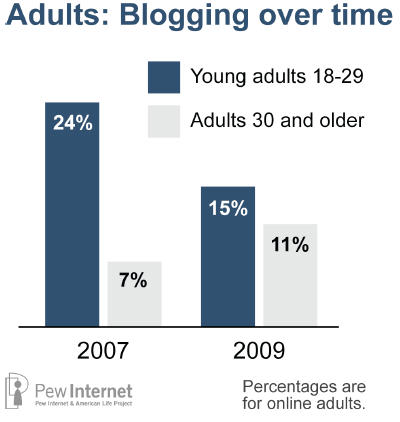Serendipity is at the heart of today’s emerging society
Serendipity is for me a deeply meaningful word.
The more than dozen posts discussing serendipity on my blog include how we created “enhanced serendipity” at an event I ran in 2003 in New York, more details on the story of the word serendipity and how to enhance it, the importance of the “serendipity dial” and far more.
One of the reasons I love Twitter so much is that it provides a rich substrate for serendipitous connections. A majority of the worthwhile connections I make these days come from Twitter. One of those connections is @AnaDataGirl. We have followed each other and had some conversations for a good while. So I heard multiple times that she did a gem of a presentation at SwitchConf in Oporto, Portugal last week.
Here are her lovely slides – while I’m sure they don’t do justice to the presentation itself they are well worth going through, as they capture some of the key concepts of serendipity and provide some delightful examples.

